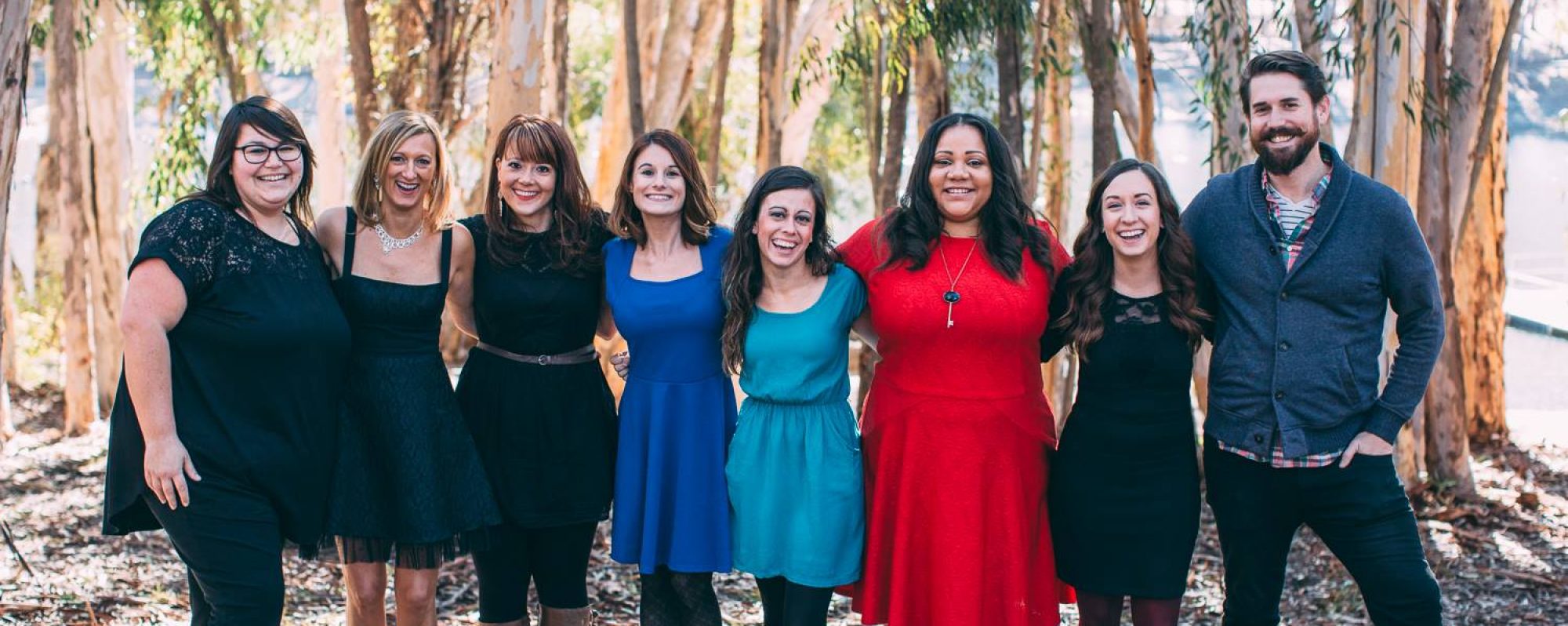Joy can be derived from numerous things, relationships, activities, foods, nature; the list goes on from the most miniscule pleasures to the grandest indulgences. What brings joy to you? What motivates you, inspires your creativity, connects you to those around you? Relating to those around us is an important aspect of daily life and for people with autism this can be particularly challenging.
Developmental, Individual Differences, and Relationship-Based Model of Intervention (DIR) uses affect-based interactions to encourage social, emotional, and cognitive development in children with autism focusing largely on the caregiver-child relationship.
 The DIR Floortime model provides some important and applicable points, especially in regards to music therapy. The basis of the DIR model surrounds the necessity to meet the child where they are at and encourages the caregiver to see the world through the eyes of their child. This is similar to the iso principal of music therapy, where the musical stimuli should match the emotional state of the participant. Both of these tactics require careful observation, assessment, and empathy. We learn what we care about, and therefore, a child will be more interested in what you are saying or doing if you follow their lead and build the interaction from there.
The DIR Floortime model provides some important and applicable points, especially in regards to music therapy. The basis of the DIR model surrounds the necessity to meet the child where they are at and encourages the caregiver to see the world through the eyes of their child. This is similar to the iso principal of music therapy, where the musical stimuli should match the emotional state of the participant. Both of these tactics require careful observation, assessment, and empathy. We learn what we care about, and therefore, a child will be more interested in what you are saying or doing if you follow their lead and build the interaction from there.
Another important aspect of both music therapy and the DIR Floortime model is scaffolding developmental expectations and goals for a child. It is important to observe small improvements in any aspect of the child’s behavior or relationship with others. Celebrate the small victories and give praise easily.
Thank you to Marlee Burgeson for coming to the MTCCA office to further educate our staff on the DIR Floortime model.
For more info on the DIR Floortime model check out profectum.org
Shannon Flaherty







